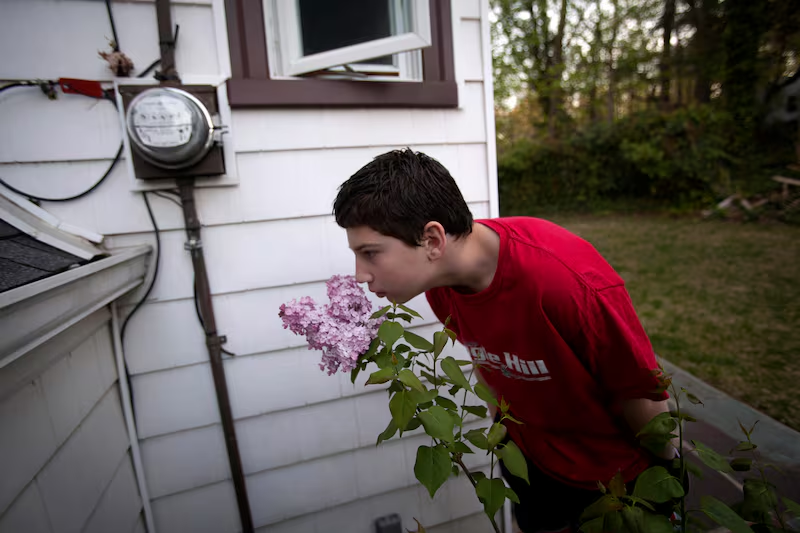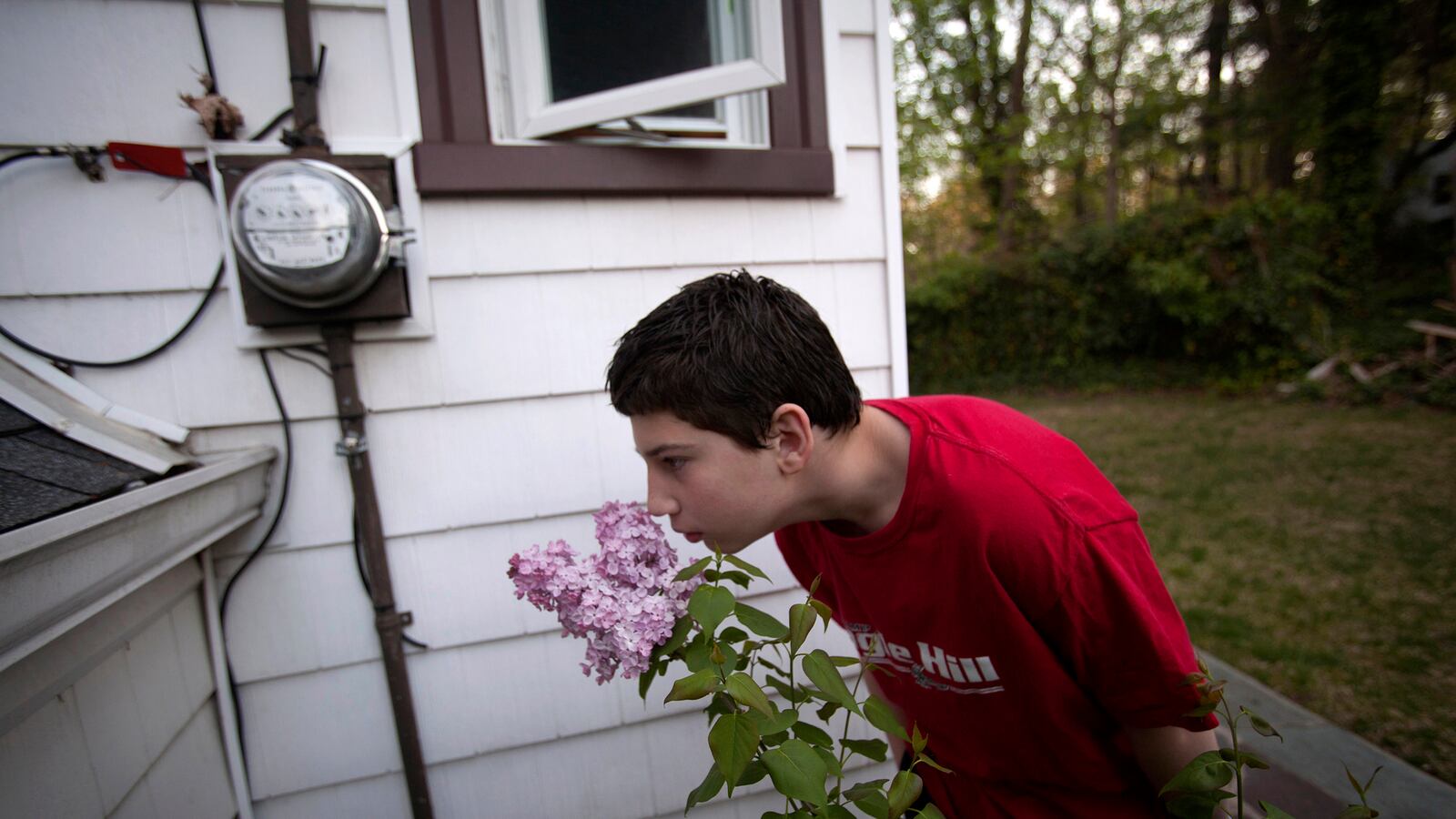One in 68 children in the U.S. are identified with autism spectrum disorders, according to the latest estimates from the Centers for Disease Control. This estimate is 30 percent higher than the prevalence reported in 2012. CDC says that since the previous estimate of 1 in 88 children identified with ASD, the criteria used to diagnose, treat, and provide services have not changed.

The CDC report estimates that there are 1.2 million Americans under the age of 21 with autism. The study based its numbers off of data solely from 8-year-olds (the “peak age of identification,” according to the CDC) in communities from 11 states: Alabama, Arizona, Arkansas, Colorado, Georgia, Maryland, Missouri, New Jersey, North Carolina, Utah, and Wisconsin.
The latest report confirmed many of the previous findings, including the fact that ASD is almost five times as common in boys than as girls: 1 in 42 boys versus 1 in 189 girls were diagnosed. Also, white children are more likely to be diagnosed with ASD than black and Hispanic children. Experts credit that racial disparity to a difference in access to health care resources and well-trained experts, which they also believe explains why ASD prevalence ranges from 1 in 45 in New jersey to 1 in 175 in Alabama.
While the estimates may seem like a startling rise in just two years, Alison Singer, the co-founder and president of the Autism Science Foundation, says she “wouldn’t describe this data as shocking.”
What is noteworthy, Singer said, is that the “vast majority of the increase is not with children with intellectual disabilities.” Indeed, nearly half of the children identified with ASD in the latest estimates had average or above average IQ levels, compared to just a third a decade ago.
Singer believes that the changing numbers are a result of broadening the criteria for who is included under an ASD diagnosis. In 2000, the DSM-IV (Diagnostic and Statistical Manual of Mental Disorder) included a revised criteria for diagnosing ASD that removed intellectual disabilities as a qualification. “We used to include kids with only intellectual disabilities, language impairment, self-injurious behavior. Now, we have children with intact language and average or above average IQ,” she explains.
Although that criteria hasn’t changed in the two years since the CDC released its previous estimates, but the way communities are diagnosing and recording cases of autism has. “The likelihood of a child having an autism record is higher, but that’s not because more of them have it,” says Singer. “The community health care providers are more likely to diagnose a child with autism than they would have been in pervious years. There is more awareness of the disorder and that you don’t need to have an intellectual disability [to have ASD].”
This broadened criteria explains not only why half of the ASD diagnosis include children with average or above average IQ levels, but also why the age of diagnosis is holding steady at 4 years old. Although there have been major pushes for early intervention and clinicians can diagnoses autism in children as a young as two, Singer says the milder forms of ASD cases that make up much of the rise are harder to spot at a young age. “It’s much easier to diagnose a child who’s not speaking or has aggressive outburst,” she says.
The autism spectrum encompasses different clusters of manifestations and symptoms. These latest estimates from the CDC reveal autism’s pervasiveness but also how milder forms are the cases more commonly diagnosed. These milder cases, like Aspergers syndrome, are also what tend to get greater media representation, especially in popular forms of entertainment (think Sheldon on The Big Bang Theory).
While Singer believes it is important for these milder cases to be recognized so they can receive the specific services they need, she worries for those more severely affected, who suffer intellectual disabilities, who have limited language skills or are non-verbal, who have self-injurious behaviors.
Singer’s daughter falls into this latter cluster of ASD symptoms. “With more and more kids diagnosed having milder cases, kids like her are being left behind,” she says. “It’s harder to meet their needs. It’s harder to include them in research because they are not as compliant. It’s harder for teachers and therapists to work with them because of their potential for outbursts.”
“We have come to think of ASD as people with [only] social deficits,” says Singer. “I am worried the research and resources won’t be there to support these children with the most severe needs.”






